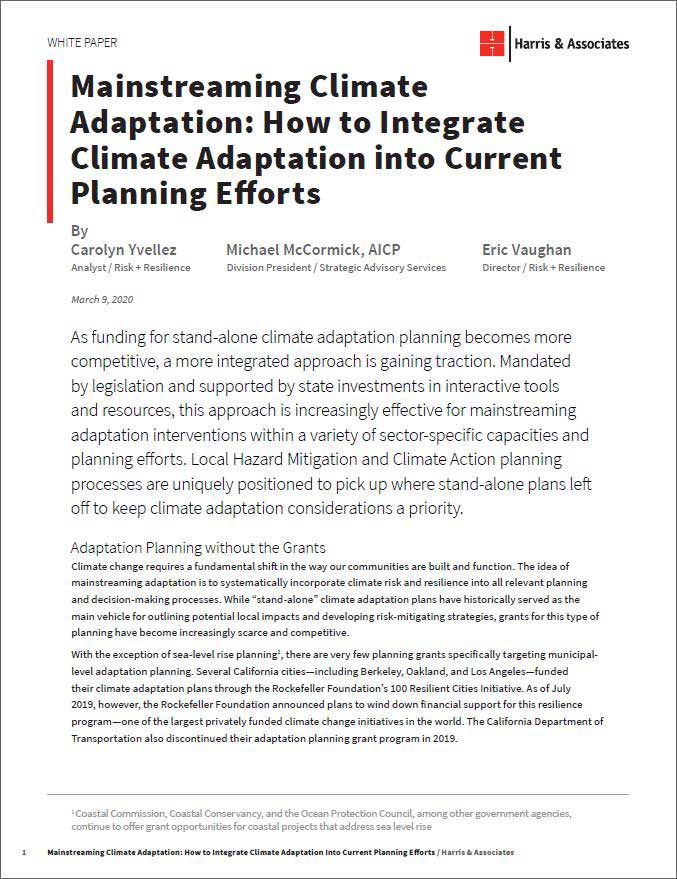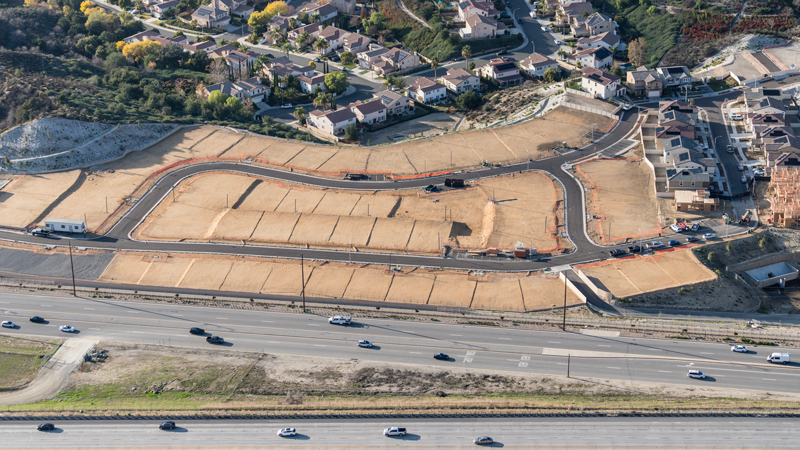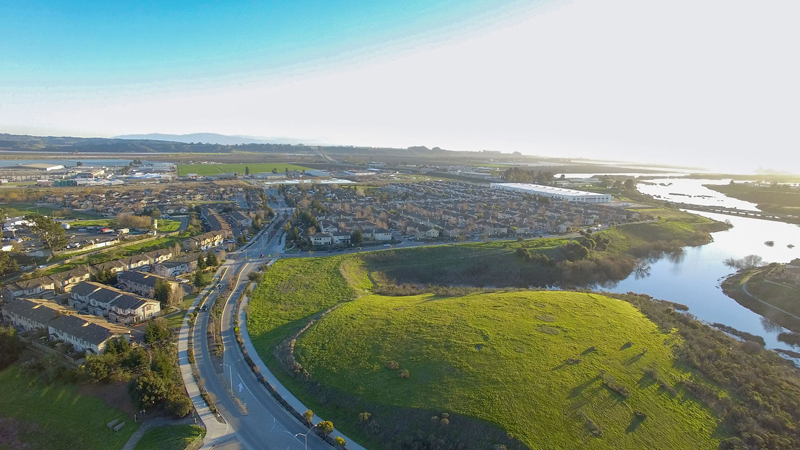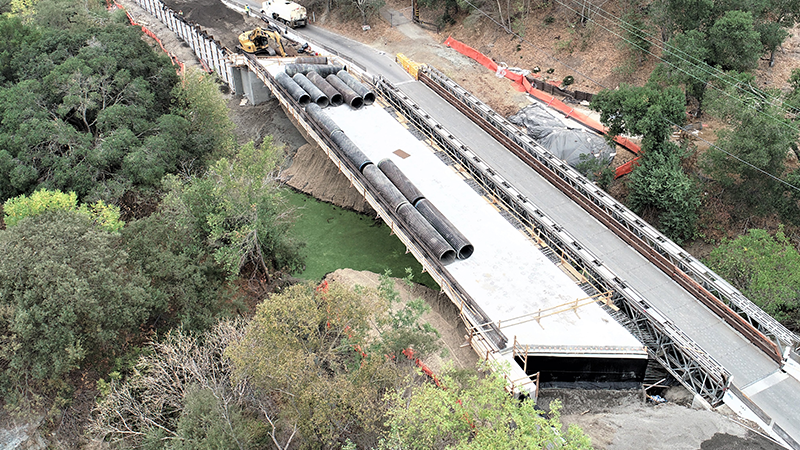3.2 minute read
March 09, 2020
Recent legislative and regulatory requirements are pushing cities and economic sectors in California to abandon stand-alone climate adaptation plans in favor of a more integrated approach.
For instance, in April 2015, Governor Brown signed Executive Order B-30-15, calling for an adaptation implementation plan for every sector of the economy. In 2018, the California Public Utilities Commission issued an Order Instituting Rulemaking to consider climate change adaptation planning in relevant Commission proceedings and other activities. Phase 1 of this Rulemaking, currently underway, will consider how to integrate climate change adaptation into the larger investor-owned electric and gas utilities’ planning and operations to ensure safety and service reliability.
Similarly, the American Water Infrastructure Act (AWIA) of 2018 requires all potable water utilities to conduct a Risk and Resilience assessment that, among other things, gauges the risk of natural hazards and “hydrologic change” (climate change) and identifies strategies and resources to improve system resilience.
As legislation requires cross-sector consideration of climate impacts, stakeholders are finding success in obtaining compliant status with an integrated planning framework versus the traditional stand-alone approach.
Local Hazard Mitigation Plans (LHMPs) in particular offer a well-established process for incorporating climate projections, risk, and adaptation strategies. The Robert T. Stafford Disaster Relief and Emergency Assistance Act, as amended by the Disaster Mitigation Act of 2000, requires state, tribal, and local governments to develop LHMPs as a condition for receiving certain types of non-emergency disaster assistance through the Hazard Mitigation Assistance Programs.
While FEMA does not require localities to consider climate impacts in their LHMPs, the agency does provide guidance1, tools, and funding to support municipalities opting to take this important extra step. The California Office of Emergency Services, through FEMA disaster recovery funds, offers funding for local jurisdictions to develop their LHMPs.
LHMPs in the General Plan
All cities and counties in California are required to prepare a general plan with a safety element addressing various hazards and public safety issues. California’s AB 2140 (Section 65302.6) specifically provides that a community may adopt by reference an LHMP into its safety element if it meets applicable state requirements. California’s Office of Emergency Services and the Governor’s Office of Planning and Research have determined that incorporating the LHMP by reference adequately satisfies Section 65302.6. Moreover, California’s AB 2140 (Section 8685.9) directly incentivizes the adoption of LHMPs into safety elements. Where local communities have incorporated a valid LHMP into their general plan, the state is allowed to cover more than 75% of remaining disaster relief costs. Otherwise, funds for local governments are limited.
LHMPs can satisfy several safety element requirements, including those in SB 379 requiring a community’s general plan safety element to address hazards attributed to and exacerbated by climate change. The safety element must include a vulnerability assessment identifying how climate change is expected to affect hazard conditions in the community, as well as goals, policies, and measures to adapt to increase resilience.
Together, AB 2140 and SB 379 provide a direct and simplified manner of ensuring jurisdictions cover climate change in their general plans. City councils and planning commissions use their plan’s goals and policies to make decisions, determine long-term objectives, generate and evaluate budgets, plan capital improvements, and prioritize tasks. Because consistency is required in the general plan, all other elements—as well as zoning, specific plans, and capital improvement programs—would align with and incorporate climate adaptation strategies via the LHMP. While offering a cost effective way to fund climate adaptation planning and an efficient process for regulatory compliance, it’s important to be aware that integration of climate adaptation strategies via adoption of the LHMP into the safety element may trigger CEQA, as is the case any time a community opens their general plan.
1 The FEMA LHMP guidebook provides background on climate change and the ways in which a hazard mitigation planning team can integrate it into its plan.
Source
Harris & Associates
Markets
Municipal
Planning + Development
Services
Climate Change + Sustainability
Risk + Resilience
Community Planning
Categories
Climate Adaptation
White Paper
Download the white paper Mainstreaming Climate Adaptation: How to Integrate Climate Adaptation into Current Planning Efforts to get a more detailed view on how adaptation can be integrated into current planning processes.












